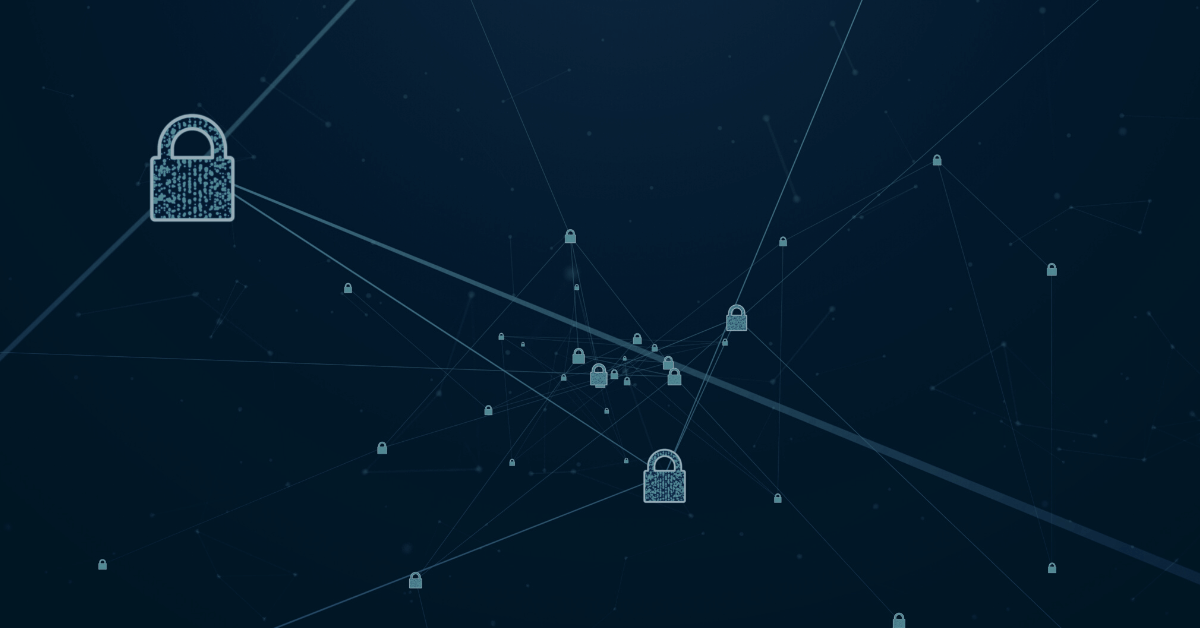A web browser is one of the most essential and frequently used tools for corporate applications and business operations. Browsing involves loading content and code from multiple sources. From a security standpoint, browsers are an easy gateway for cyber threats and malware to infiltrate corporate resources. Most security solutions today either detect threats after an impact, need heavy integrations, or block users from accessing certain websites.
In order to solve this problem, browser isolation technology performs the browsing activity away from the user, protecting devices and networks from bad actors. It is similar to how robots are used in factories to execute tasks that are dangerous for human beings.
When browsing remains confined to an isolated environment, the end user can browse the internet while the threats are either barred, filtered out, or caught before they lead to problems.
What Problems Does Browser Isolation Solve?
The concept of browser isolation is relatively straightforward: it blocks all entry points to the user ecosystem and shows zero trust in all web sources. This simple initiative can protect users from several forms of threats. Some of these include:
- Protecting users from malicious websites by running codes remotely
- Blocking ads and trackers, or rendering them remotely, to protect the user
- Providing admins the capability to control download permissions while all downloads are scanned first
- Confining threat-borne emails, links, and phishing attacks to isolated servers
- Preventing data loss through in-built data loss prevention (DLP) capabilities and better governance
- Detecting internal threats with the help of user behavior analytics
- Reporting and analytics for better compliance monitoring
The Three Types of Browser Isolation
Browser isolation complements local network security and unlocks a much more secure browsing experience. For corporate web browser environments, remote browser isolation is the first choice. However, administrators can choose from the following three options.
Remote: Remote browser isolation (RBI) covers every aspect of user security while browsing. It runs browser applications and JavaScript on an isolated cloud server away from enterprise network resources and data. The web results are then transmitted on the user’s screen.
On-premises: On-premise isolation has the same application, but the server is located and managed locally in this case. This strategy provides additional privacy but also makes it easy to access the local network resources. Businesses must sandbox on-premise servers to protect corporate networks and data from external threats.
Client-side: Client-side browser isolation employs virtualization or sandboxed web-based applications within a virtual machine. The browser and web applications function as usual, but the codes and contents remain separated from the user device.
Learn More About Remote Browser Isolation
Safe internet access directly influences the efficiency of everyday processes. Consequently, remote browser isolation is a must for organizations looking to address all aspects of cybersecurity.
At Safous, we can help you understand more about browser isolation and how it brings value to your organization. Our ebook includes all the insights you need on browser isolation technology, from benefits and use cases to functions and how this technology can complement the zero trust security model. Download the ebook today and make way for a safer web environment. To talk about cybersecurity solutions to protect your business, get in touch with Safous.
Receive the latest news, events, webcasts and special offers!
Share this
You May Also Like
These Related Stories

Blog: Remote Browser Isolation (RBI) for Enhanced Cybersecurity

Blog: Benefits of Remote Browser Isolation




